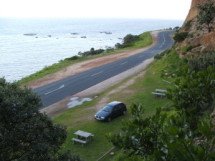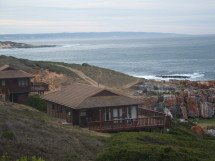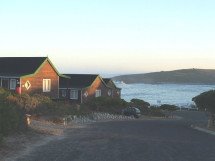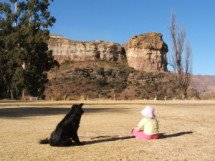
Part Three of the account of the early days of radio in South Africa during the 1920's as told by South African Dxer, Nick Kendall.
The candid account, in Nick's own words, provides an insight into what was involved in being able to listen in during the early pioneering days of radio broadcasting.
The reception of KDKA in Cape Town during the early 1920's
While reading through The Argus (Cape Town newspaper) one evening, I saw the caption "New Experimental Radio Station from the United States heard in Cape Town" or words to that effect :
" ... Mr. X from Long Street reports hearing the new experimental station KDKA - owned and operated by the Westinghouse Electric Manufacturing Company, Pittsburgh. He said that he sat up night after night trying out different coils to get down to 63 metres and eventually his patience was rewarded. He heard the announcer say "This is KDKA" followed by music. The signal faded between 4:00 am - 5:00 am. Reception of course varied ... "
(From July 1923, apart from the regular broadcast frequency of 326 meters / 920 kHz with an output of 500 watts, KDKA programs were also transmitted via shortwave station 8XS on a frequency of 63 meters / 4 760 kHz with an output of 40 kw. The shortwave station made it through to Cape Town as described in the Argus newspaper report - GD).
A couple of nights later he wrote an article entitled, "How to listen to KDKA" :
" ... The aerial and secondary coil should consist of 3 turns of no.16 bare or enamled copper wire - each turn about 3/16 of an inch apart and kept apart by ebonite spreaders. The reactor coil should be 5 turns... "
This greatly intrigued me and I decided to see what the "Family Four" could do.
After hours of winding and re-winding coils, I managed to get the set to oscillate over just one half of the condenser - I hoped that it would be the right half. At 3:00 am I patiently and slowly tuned the condenser dials. The only sound was the oscillation "hiss". I plugged the hydrometer into the accumulator (LT battery) - it showed only half charge. The next day I lugged it up to the garage to be recharged and borrowed another one.
After sitting down again with the set during the third morning (after two previous fruitless efforts), I was delighted to hear a strong carrier wave. Moving the reactor coil away from the two other coils and after adjusting the condenser a fraction, I heard music.
As I took my hand off the condenser dial, the signal disappeard (capacity effect) so I had to hold my hand on the condenser to hear the signal which meant standing about two feet away from the set in order to tune it.
Then I had an idea - using two bicycle pump clips which opened and closed like cloths pegs when attached to the condenser knob, I was able to slip a 3 ft long bamboo rod into the other end of the clip - as the panel of the set sloped, the rod rested on the edge of the table - it worked very well.
I heard an announcement which I shall never forget :
" ... This is KDKA - The Westinghouse Electric and Manufacturing Company, Pittsburgh - The Pioneer broadcasting station of the world ... "
(During late 1924 KDKA programmes were also received in South Africa via shortwave and rebroadcast via the JB mediumwave station in Johannesburg - GD)






















No comments:
Post a Comment